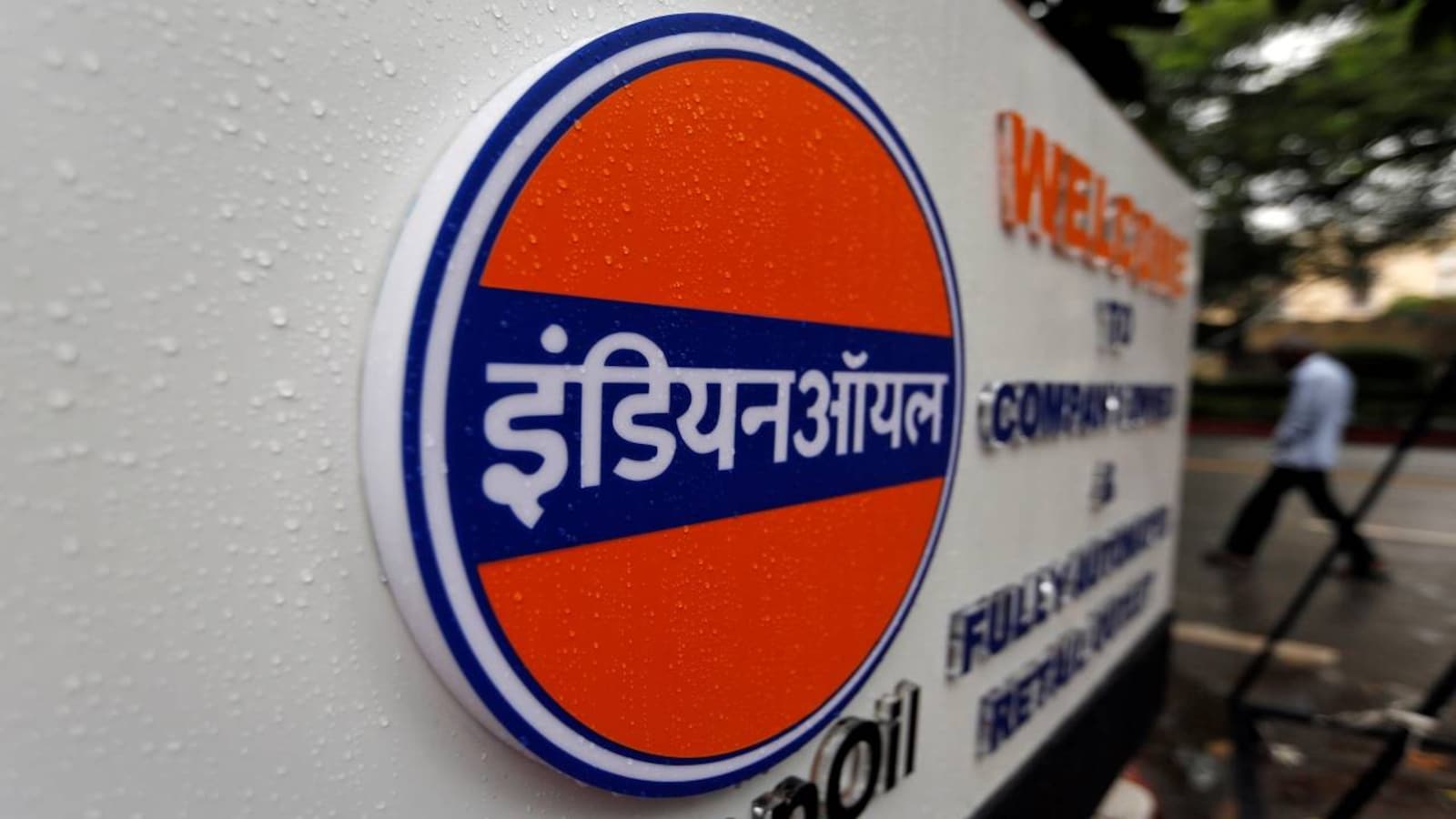Oil Marketing Companies (OMCs) experienced weak Q2 results due to declining marketing margins

Oil Marketing Companies (OMCs) experienced weak Q2 results due to declining marketing margins
Oil Marketing Companies (OMCs) play a crucial role in the energy sector, ensuring the supply of petroleum products to consumers and industries alike. These companies are responsible for the refining, distribution, and marketing of various petroleum products, including gasoline, diesel, and jet fuel.
However, recent developments in the energy market have led to OMCs facing challenges, resulting in weaker financial performances, especially in the second quarter of the fiscal year.
IOC, BPCL, and HPCL, three state-run oil marketing companies (OMCs), are thought to have reported lower profitability in the second quarter of the current fiscal year as a result of a substantial decline in the marketing margins of petrol and diesel after the increase in benchmark crude oil prices. Analysts think that these downstream oil firms in the July–September quarter may benefit from a sequential improvement in the refining profits.
The outlook for the second half of the current year is not promising, notwithstanding the possibility that the OMCs still partially recovered the losses reported in the previous financial year in the first half of FY24.
Due to production restrictions implemented by Saudi Arabia, Russia, and the Organisation of Petroleum Exporting Countries (OPEC) in addition to those already in place, the oil market saw significant volatility in the second part of the quarter. As a result, crude prices rose to their highest level ($97/bbl) since November 2022. The start of the Israel-Hamas conflict only raised the level of worry.

However, Elara Securities notes that the average crude inventory increased to $5.8/bbl in Q2FY24 from zero in Q2FY23.
Before we explore the reasons behind the anticipated weak Q2 results, it’s essential to understand the role of OMCs in the energy ecosystem. OMCs operate at the intersection of various market forces, including crude oil prices, refining capacity, government policies, and consumer demand. Their primary functions include:
- Refining: OMCs refine crude oil into various petroleum products, such as gasoline, diesel, and jet fuel. They invest significantly in maintaining and expanding refining capacity to meet market demands.
- Distribution: OMCs are responsible for transporting petroleum products from refineries to distribution points, including fuel stations, industrial consumers, and storage facilities.
- Marketing: OMCs play a vital role in marketing and selling petroleum products to end consumers through their extensive network of fuel stations.
- Price Regulation: In many countries, governments regulate fuel prices to ensure affordability for consumers. OMCs may receive subsidies or operate under a regulated pricing regime, which can impact their profit margins.

Factors Leading to Weak Q2 Results
- Crude Oil Price Volatility: Crude oil prices are one of the most significant factors influencing OMCs’ profitability. During the second quarter, OMCs often face challenges related to volatile crude oil prices, which can lead to higher input costs for refining.
- Marketing Margin Squeeze: One of the primary reasons for the anticipated weak Q2 results is the fall in marketing margins. Marketing margins are the profits OMCs make from selling petroleum products after factoring in crude oil costs, refining costs, and taxes. Several factors contribute to this margin squeeze:
- Price Controls: Governments in various countries often regulate fuel prices to protect consumers from sharp increases. When crude oil prices rise significantly, OMCs may be unable to pass on the full cost to consumers, eroding their margins.
- Competition: The fuel retail market is highly competitive, with many players vying for market share. This competition can limit OMCs’ ability to raise prices and maintain healthy margins.
- Demand Variability: Seasonal changes in fuel demand can impact marketing margins. For instance, a decline in gasoline demand during the fall season can lead to lower margins for OMCs.
- Inventory Costs: OMCs often maintain substantial inventories of petroleum products. When crude oil prices rise rapidly, the cost of maintaining these inventories can increase, further squeezing margins.
- Regulatory Pressures: OMCs are subject to various regulations and tax policies, which can further affect their profitability. Changes in taxation, environmental regulations, and compliance costs can all impact their bottom line.
- Global Economic Factors: Global economic conditions, including economic growth and geopolitical events, can affect both crude oil prices and demand for petroleum products. Any adverse global economic developments can put additional pressure on OMCs’ margins.

Oil Marketing Companies play a vital role in ensuring a steady supply of petroleum products to consumers and industries. However, they are susceptible to a range of external factors that can impact their financial performance. The anticipated weak Q2 results, driven by falling marketing margins, highlight the challenges OMCs face in navigating the complex energy market.

To overcome these challenges and maintain profitability, OMCs must adapt to changing market conditions, invest in cost-effective technologies, and explore opportunities for diversification. Additionally, they may need to work closely with governments to create a regulatory environment that allows for fair competition and reasonable profit margins while ensuring affordable fuel prices for consumers.




